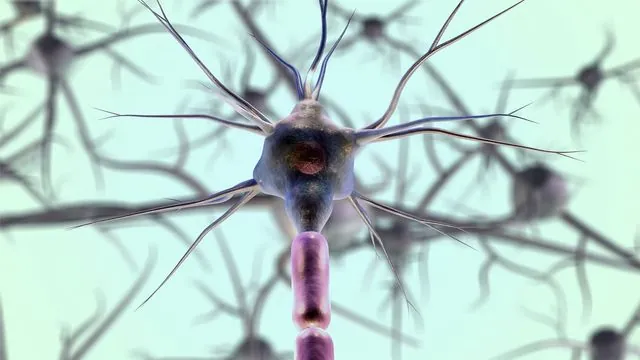
Unlocking the Secrets of Male Neurons: Unique Branching Patterns in C. elegans
2025-05-19
Author: Sarah
A Fascinating Exploration of Neuronal Differences
Could the structure of a single neuron reveal the age-old question: are male and female brains really that different? Researchers at the Technion-Israel Institute of Technology are uncovering astonishing insights using the nematode *Caenorhabditis elegans* (C. elegans), a tiny worm with just 302 neurons, each with a predetermined role.
The Nematode Advantage: Why C. elegans?
This microscopic marvel presents a unique opportunity for studying sexual dimorphism—the differences between sexes—because its neuronal anatomy is consistent and easily mapped. The nematode has two sexes: male and hermaphrodite, which has the remarkable ability to self-fertilize. Researchers, led by Dr. Yael Iosilevskii and Dr. Menachem Katz, have delved into how these sexes might differ at a neuronal level.
Unraveling the PVD Neuron Mystery
Their groundbreaking study, published in *Proceedings of the National Academy of Sciences*, centers around the PVD neuron, known for its complex, branched structure like a candelabra. While its role in hermaphrodites is largely about pain sensing, findings show that in males, PVD takes on an exciting additional role during mating!
Behavior Changes Linked to Neuronal Structure
Intriguingly, when PVD's development is disrupted in male worms, researchers observed a decline in mating performance—slowing them down and affecting their coordination. This revelation connects a single neuron’s structure directly to behavior, suggesting that sexual dimorphism can have profound implications for understanding neuronal function.
Implications for Human Neurology
Could these findings shed light on gender differences in neurological disorders? With women showing higher rates of depression and men more susceptible to Parkinson's disease, understanding the structural variances in neurons may unlock the truth behind these disparate conditions. Given that the human brain contains around 75 billion neurons, studying the simpler C. elegans model might just pave the way for discoveries that reach beyond tiny worms to our own complex brains.
A New Frontier in Neuroscience
This study opens exciting new avenues in neuroscience, propelling further investigation into how neural structures influence behavior differently between the sexes. As scientists continue to unravel these mysteries, they inch closer to enhancing our understanding of sexual dimorphism in neurons and its consequences on organism behavior. With each layer peeled back, we get one step closer to understanding the intricate dance between neuron structure and behavior—both in worms and potentially, in humans.


 Brasil (PT)
Brasil (PT)
 Canada (EN)
Canada (EN)
 Chile (ES)
Chile (ES)
 Česko (CS)
Česko (CS)
 대한민국 (KO)
대한민국 (KO)
 España (ES)
España (ES)
 France (FR)
France (FR)
 Hong Kong (EN)
Hong Kong (EN)
 Italia (IT)
Italia (IT)
 日本 (JA)
日本 (JA)
 Magyarország (HU)
Magyarország (HU)
 Norge (NO)
Norge (NO)
 Polska (PL)
Polska (PL)
 Schweiz (DE)
Schweiz (DE)
 Singapore (EN)
Singapore (EN)
 Sverige (SV)
Sverige (SV)
 Suomi (FI)
Suomi (FI)
 Türkiye (TR)
Türkiye (TR)
 الإمارات العربية المتحدة (AR)
الإمارات العربية المتحدة (AR)